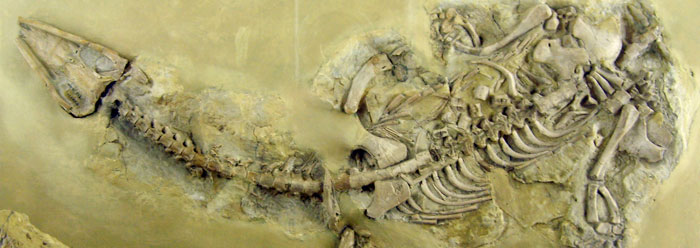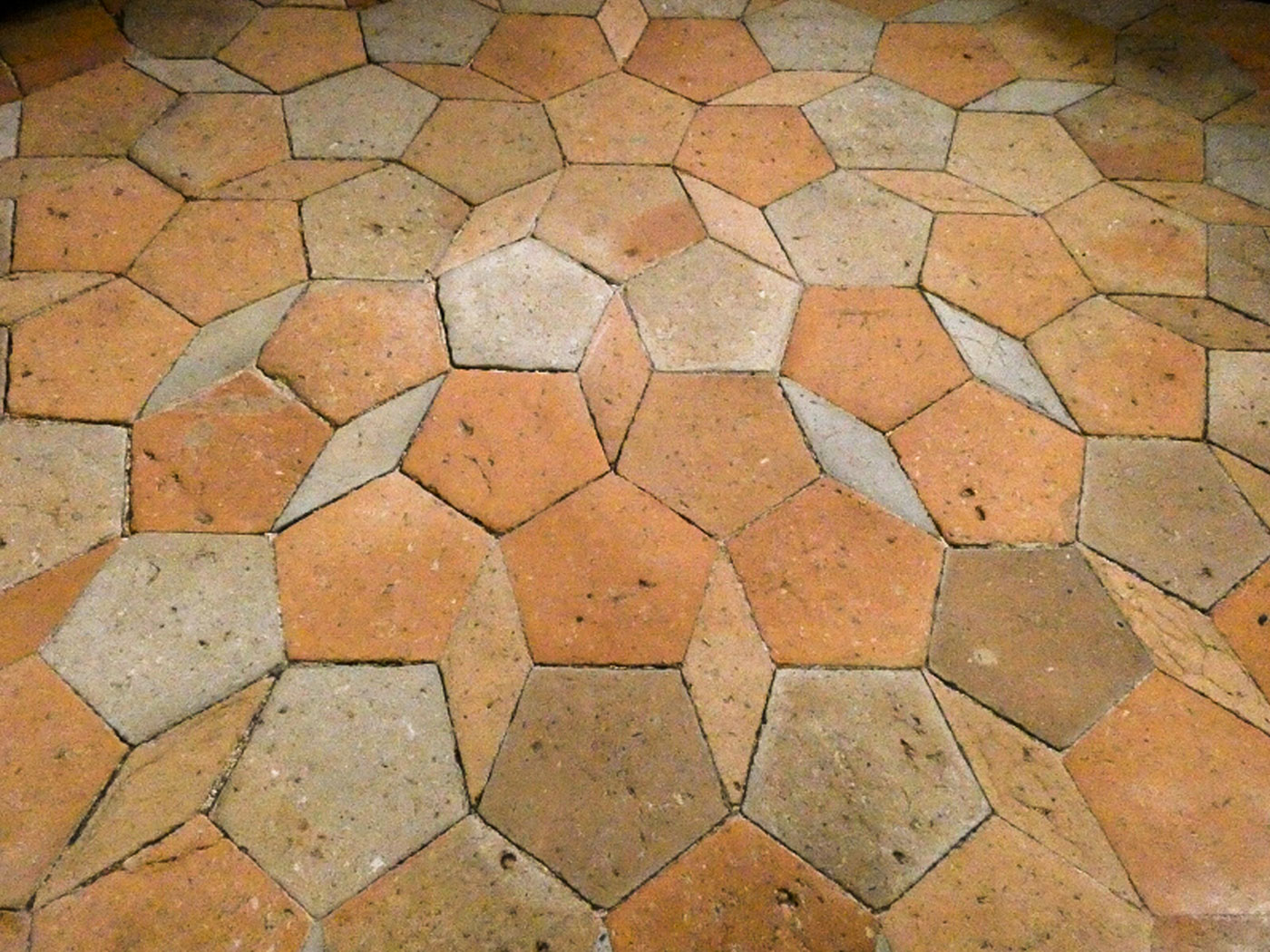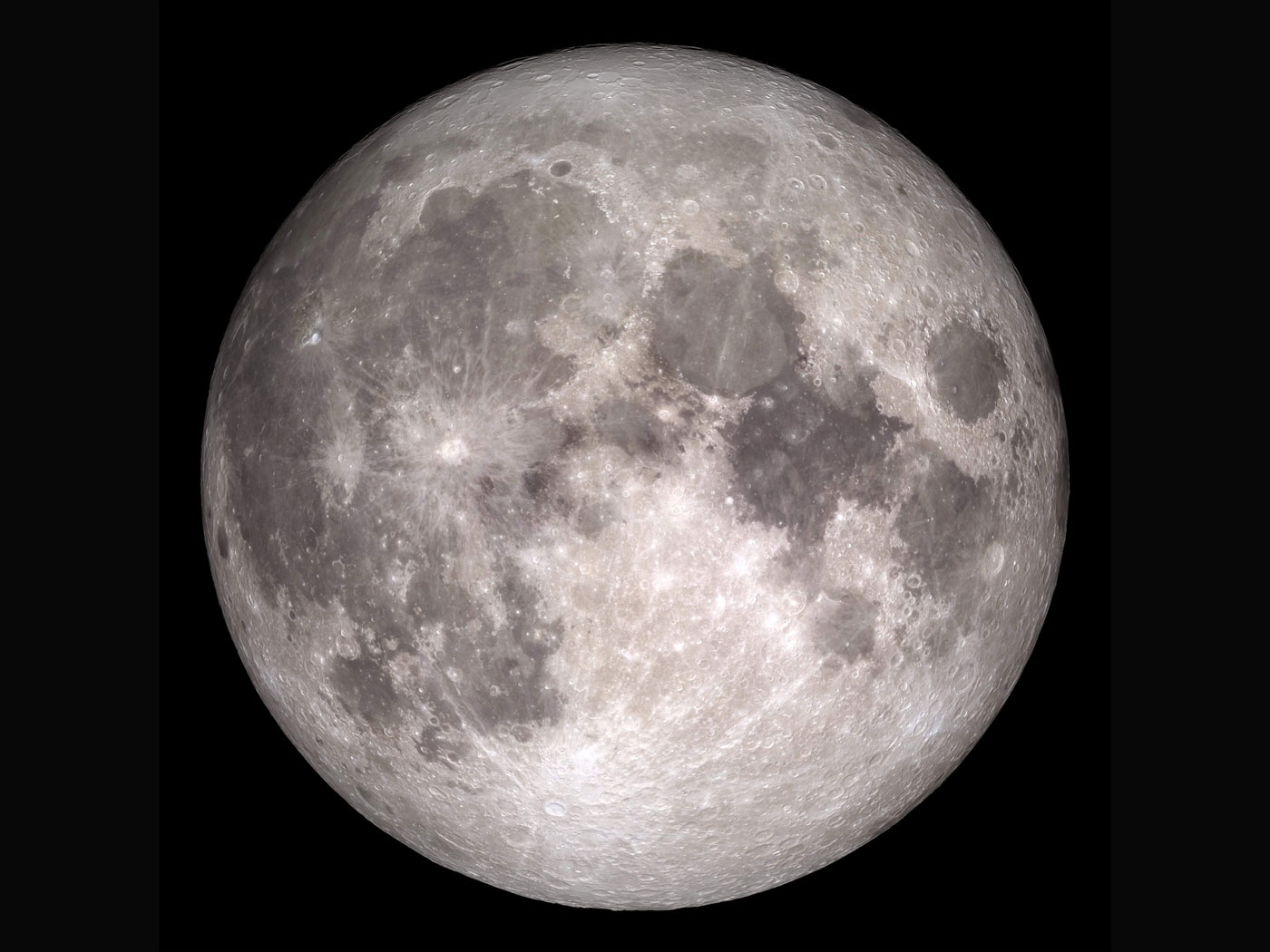The scientific community continues to reel and exhibit bewilderment that well-preserved carbon-based (organic) fossil material regularly appears in sediments supposedly many millions of years old.
One recent discovery of organic matrix is “evidence of exceptional preservation in the nacre and prismatic layers of a 66 Ma [million years] bivalve shell.”1
The mollusc shell in question is of the common genus Pinna, of which there are dozens of species. Nacre, or mother of pearl, is the iridescent inner surface of many mollusc shells and contains protein—protein that’s not supposed to be there after 66 million years.
Relatively common? This is an amazing admission by evolutionists who for well-over a century have never expected to find carbon-based material in “ancient” sediments. Why the change of mind? It appears the fact these materials—chemicals and tissues—are common finds today. Now the researchers state,
The above quote could well have been written by a Flood geologist. It would hardly be surprising to find intact peptide bonds and amino acids in bivalve molluscs laid down by the Genesis Flood about 4,500 years ago. Because they are only thousands of years old, these mollusc proteins should be “relatively common among fossil shells.”
It would hardly be surprising to find intact peptide bonds and amino acids in bivalve molluscs laid down by the Genesis Flood about 4,500 years ago. ![]()
It’s interesting to note that, for decades, most researchers were not looking for these chemicals or tissues still preserved in fossils—therefore, past documentation has been meager. Now these fossils appear to be common. We predict that, since scientists are now more readily looking for them, we’ll see a great increase in their discovery.
References
1. Myers, C. E. et al. 2018. Exceptional preservation of organic matrix and shell microstructure in Late Cretaceous Pinna fossil revealed by photoemission electron spectromicroscopy. Geology. 46 (8): 711.
Mr. Frank Sherwin is Research Associate, Senior Lecturer, and Science Writer at the Institute for Creation Research.
























